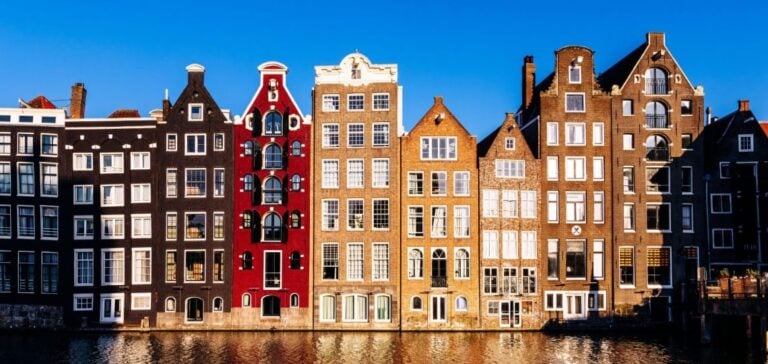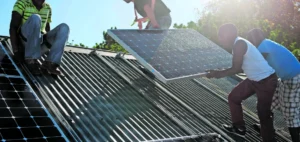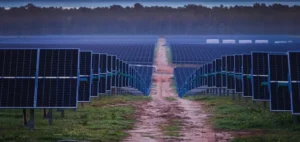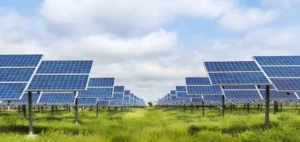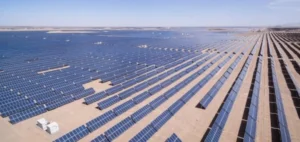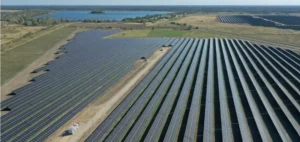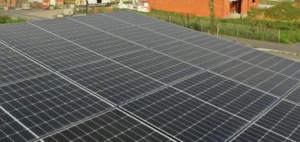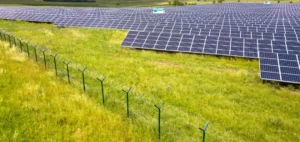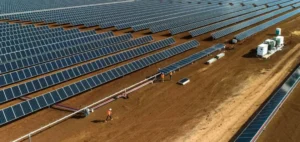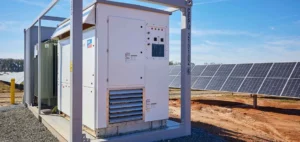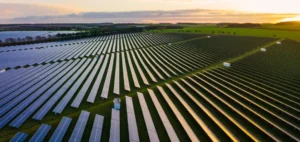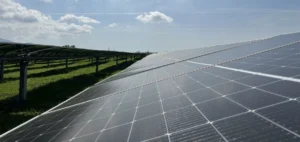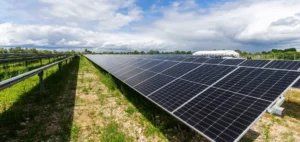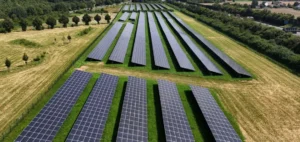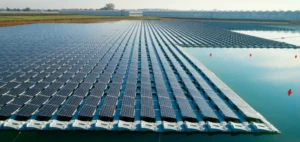Amsterdam’s iconic canal houses, masterpieces of the 16th, 17th, and 18th centuries, could soon feature visible solar panels—a shift that disrupts the city’s traditional landscape. By 2025, the municipality plans to relax installation rules, a decision stirring controversy among heritage advocates.
Currently, solar panels are permitted on protected monuments only if they are not visible from the street. However, facing climate and energy challenges, Amsterdam’s green-led administration intends to expand this authorization. According to Alexander Scholtes, deputy mayor, this measure is essential to reconcile cultural preservation and sustainability. The city, home to about 10,000 monuments, must contribute to reducing CO2 emissions in a country struggling to meet its climate goals.
A debate over aesthetics and environment
In the historic Grachtengordel neighborhood, a UNESCO World Heritage Site, the idea of integrating solar panels into the urban landscape faces criticism. “These panels would disfigure the original 18th-century gables,” says Karel Loeff, president of the Erfgoedvereniging Heemschut association, which advocates for heritage protection. While he acknowledges the importance of sustainability, he proposes alternatives such as investing in solar farms outside the city center.
Supporters of the project, however, emphasize that strict rules on panel color and alignment will ensure harmonious integration. According to Alexander Scholtes, it is possible to achieve “responsible sustainability” without compromising heritage.
A nationwide challenge
Amsterdam’s initiative reflects a broader trend in the Netherlands, where other cities like Rotterdam and Utrecht are also loosening their energy policies. The country has around 120,000 monuments, many of which consume significant amounts of energy. Jan Rotmans, a climate change scientist, believes that making these buildings more sustainable could significantly reduce national CO2 emissions while preserving cultural value.
Authorities warn that inaction on climate change poses a threat to heritage itself. To achieve a 55% reduction in emissions by 2030, innovative solutions are necessary, even for such iconic structures.
Balancing tradition and modernity
This debate highlights the tension between energy modernization and tradition preservation. While the installation of solar panels on historic roofs seems inevitable, it remains divisive. Heritage associations fear aesthetic “chaos,” while climate advocates stress the urgency of action.
For residents and tourists alike, the coexistence of these two perspectives could redefine Amsterdam’s unique charm. Nevertheless, the challenge remains to harmonize historic beauty with the ecological imperatives of the 21st century.

